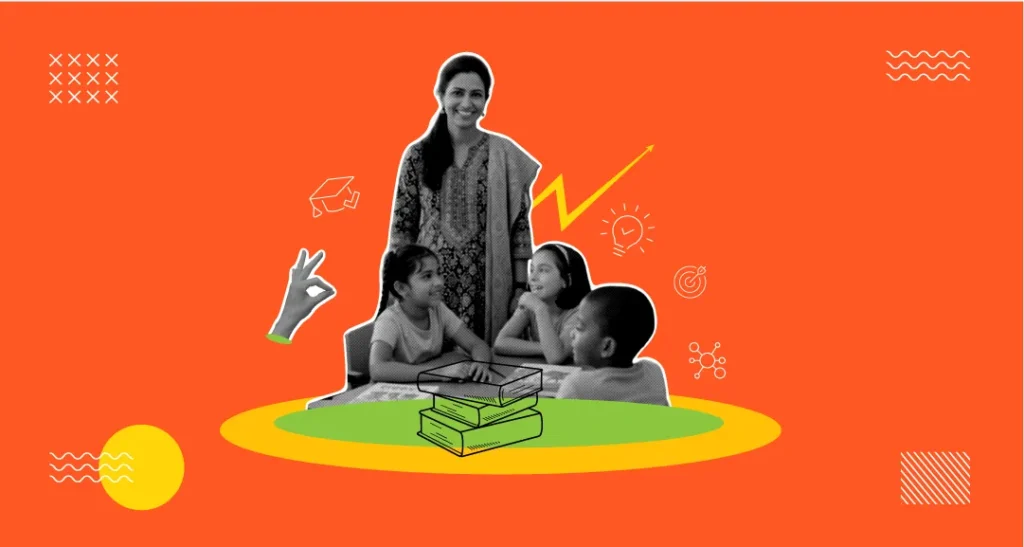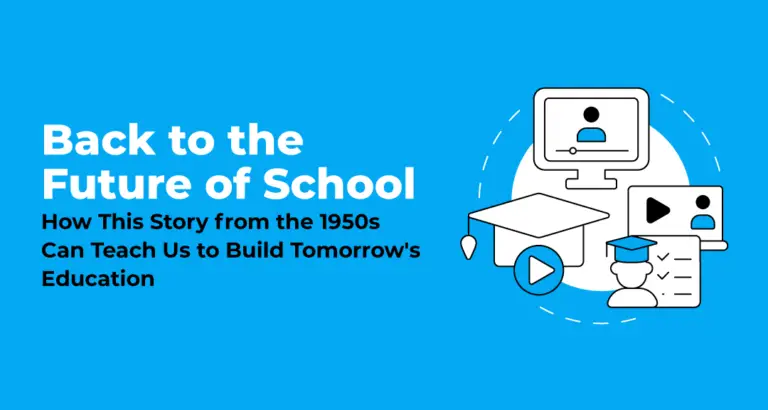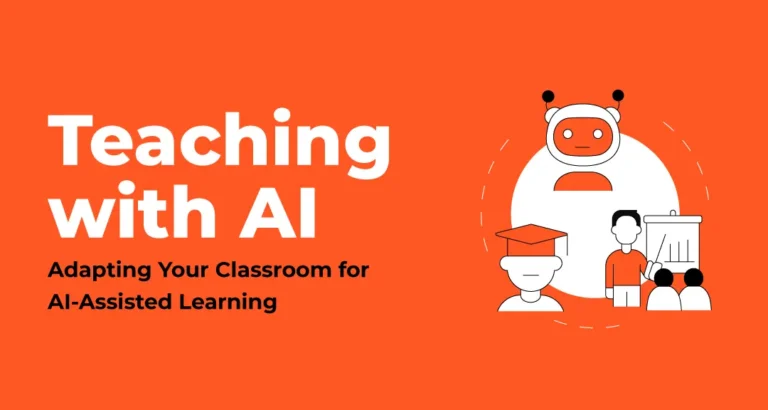The Heart of Education: Why Value Education Matters More Than Ever in Schools
- School Leaders
- September 6, 2025
- Saloni Sacheti

In today’s educational landscape, we recognize that learning goes far beyond textbooks and examinations. While academic subjects provide children with knowledge and skills, value education shapes who they become as human beings. In our rapidly changing, technology-driven world, the need for value education has become not just beneficial, but absolutely essential for raising well-rounded, empathetic individuals who can navigate life’s complexities with wisdom and compassion.
Understanding the Need for Value Education
You might wonder: shouldn’t we focus on the “basics” first—reading, writing, and arithmetic? The truth is, value education is basic. It forms the foundation upon which all other learning builds. The importance of value education becomes clear when we consider that children who understand concepts like kindness, honesty, and respect become better learners, better friends, and better person.
Think about it this way: we can teach a child to be brilliant at mathematics, but if they lack integrity, they might use those skills to cheat others. We can help them become eloquent speakers, but without empathy, their words might hurt rather than heal. This is precisely why the importance of value education cannot be overstated—it ensures that as our children grow in knowledge and ability, they also grow in wisdom and character.
The Magic Happens When Head, Heart, and Hands Connect
The best way to teach values isn’t through lengthy speeches or rules to memorize. Instead, it happens when children can think, feel, and act on what they’re learning. When a child reads a story about a brave character, something wonderful happens—they don’t just think “oh, that’s courage.” They actually feel excited by the character’s bravery and want to try being brave themselves.
This holistic approach helps children develop what psychologists call emotional intelligence—the ability to understand and manage their own emotions while recognizing and responding appropriately to others’ feelings. In our interconnected world, these skills are just as important as traditional academic subjects.
The Need for Value Education
Modern value education places children in realistic scenarios where they must make decisions. Should they help a classmate who’s struggling, even if it means less time for their own work? How do they handle disagreement with friends? What do they do when they see someone being treated unfairly?
These aren’t just hypothetical questions, they’re the daily challenges our children face. The need for value education becomes apparent when we realize that by practicing decision-making in a supportive environment, children develop the critical thinking skills they’ll need throughout their lives. They learn that choices have consequences and that thoughtful consideration leads to better outcomes.
Creating Classroom Communities That Care
When values are taught effectively, something beautiful happens in the classroom. Children begin to see themselves as part of a community where everyone matters. They learn to celebrate differences rather than fear them. They discover that helping others succeed doesn’t diminish their own achievements—it enhances them.
This sense of community extends beyond the classroom walls. Children who learn values like fairness, cooperation, and respect become the adults who solve problems collaboratively, who stand up for justice, and who create positive change in the world.
Practical Tools That Work
So how can we, as parents and educators, make value education engaging and meaningful? Here are some proven approaches:
Start with Stories: Children are natural storytellers and story-listeners. A well-told tale about a character facing a moral dilemma can spark discussions that last long after the book is closed. Look for stories that don’t just preach but that show values in action, allowing children to see the natural consequences of different choices.
Make It Interactive: Value education works best when children are active participants, not passive recipients. Role-playing exercises, group discussions, and hands-on activities help children practice what they’re learning. When a child acts out how to handle a conflict peacefully, they’re more likely to remember that approach when faced with real conflict.
Encourage Reflection: Give children time and space to think about their own experiences. Simple tools like gratitude journals or “feeling circles” help children process their emotions and understand how their actions affect others. This self-awareness is the foundation of moral growth.
Connect to Real Life: Values shouldn’t be abstract concepts that exist only in textbooks. Help children see how values play out in their daily lives—from how they treat their siblings to how they care for classroom pets to how they respond when someone needs help.
The Ripple Effect
When we invest in value education, we’re not just helping individual children, we’re contributing to a more compassionate society. Children who learn empathy become adults who volunteer in their communities. Children who practice fairness become adults who advocate for justice. Children who learn to care for the environment become adults who protect our planet for future generations.
This isn’t just idealistic thinking, it’s practical wisdom. The challenges our world faces, from climate change to social inequality to global conflicts, require people who can think beyond themselves, who can work together, and who care about the common good.
A Foundation for Life
Value education gives children something that no amount of academic achievement can provide: a sense of purpose and direction. When children understand values like compassion, honesty, and perseverance, they have an internal compass that guides them through difficult decisions. They develop resilience not just to bounce back from failure, but to grow from it.
These children become teenagers who make better choices, students who support rather than compete destructively with their peers, and eventually adults who contribute positively to their families, workplaces, and communities.
Moving Forward Together
As we consider how to best prepare our children for the future, let’s remember that academic knowledge and moral character aren’t competing priorities—they’re complementary ones. The most successful education programs recognize this and create learning environments where children can develop both.
Courses like VOLT Happy Hearts, which align with modern educational frameworks while using time-tested methods like storytelling and interactive activities, show us what’s possible when we take value education seriously. They demonstrate that children can develop strong academic skills while also growing in empathy, resilience, and wisdom.
Our children deserve an education that prepares them not just to succeed in tests, but to thrive in life. By making value education a priority, we give them the tools they need to build a better world for themselves and others. After all, the values we plant in our children today will bloom into the society we all share tomorrow.
Share On:
Written By:






It’s all good 👍🏻 specially cultivation of good habits and health smartness of the students how it’s developed in childhood it’s good
Ok l feel difficult to teach geometry in online classes if you have any technique to teach it in better?
Thank you for sharing your concern! Interactive geometry tools, diagrams, and hands-on activities can make online learning easier. We’ll try to bring a detailed blog on this soon to support teachers like you.
Good interactive tools
Good